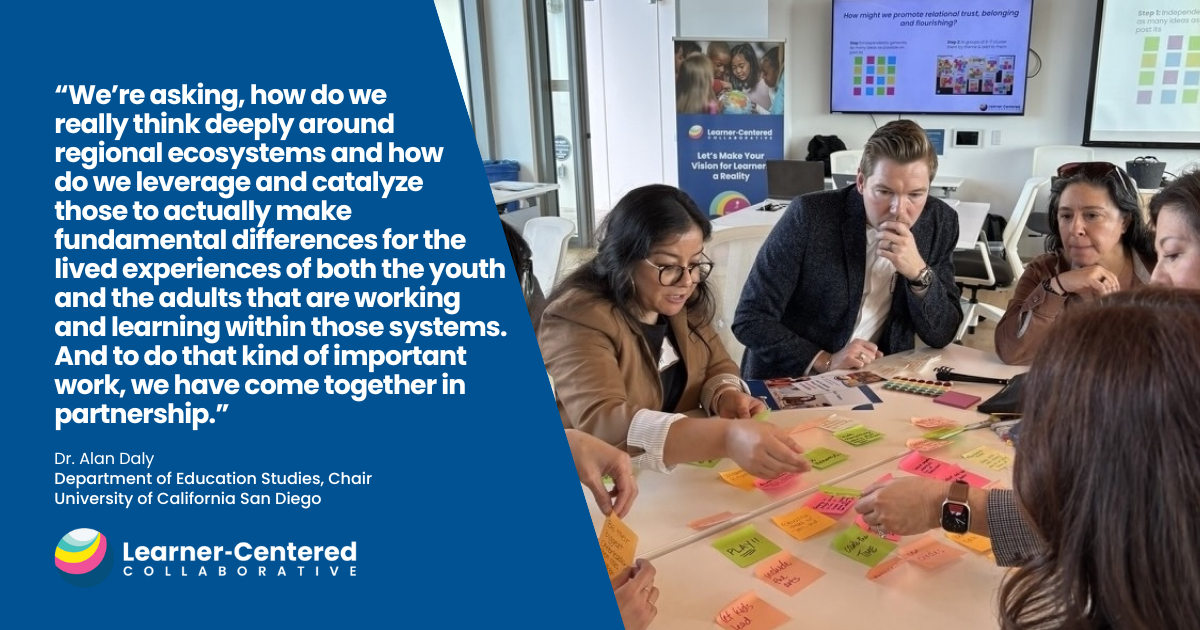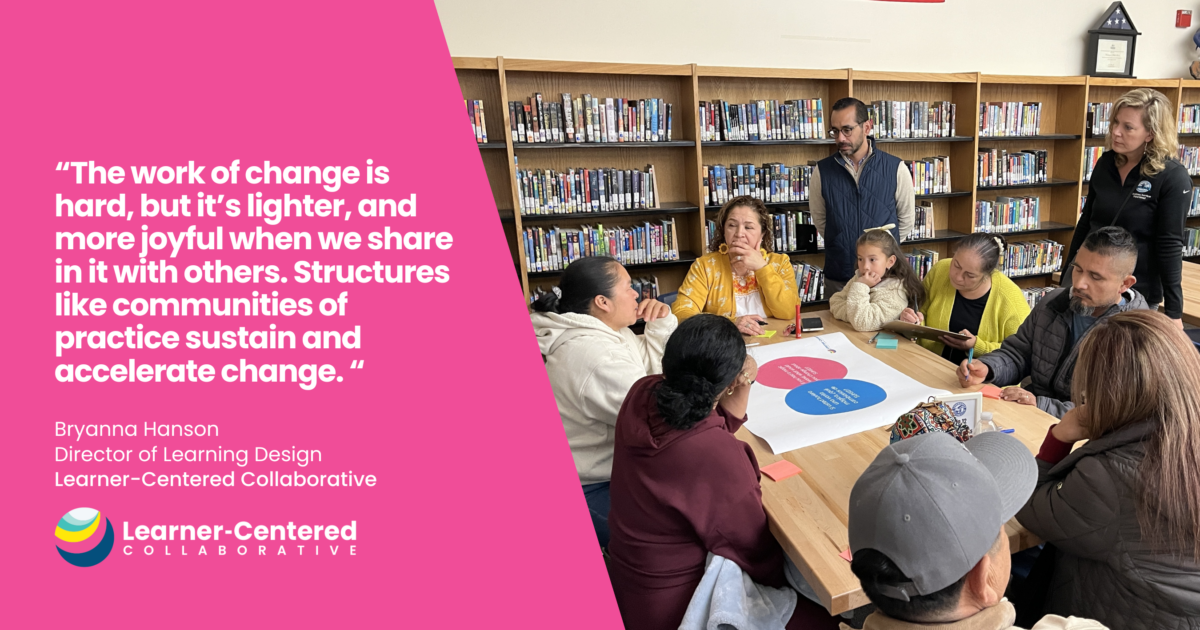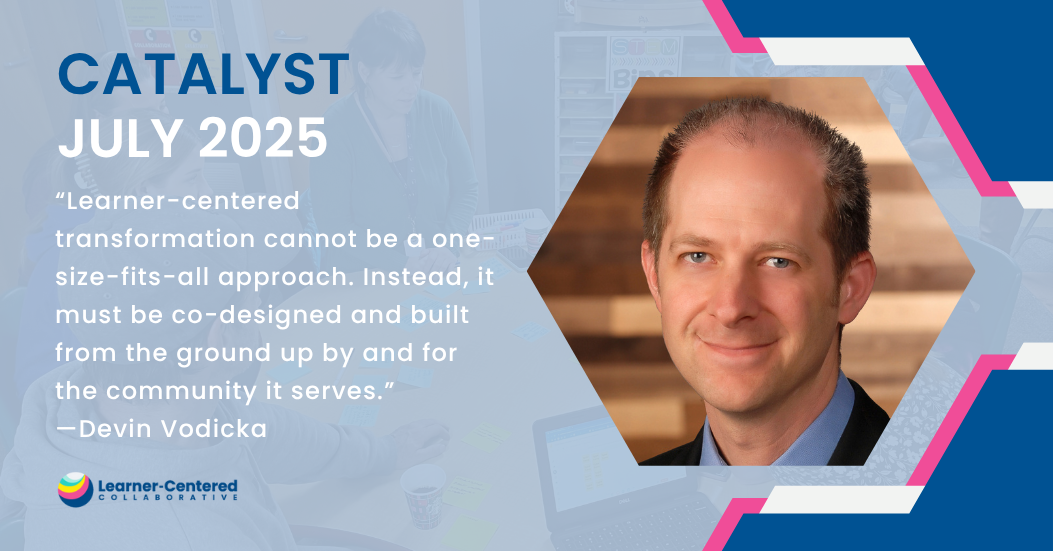Get “Outside” With Us: Exploring Innovative Schools Nationwide
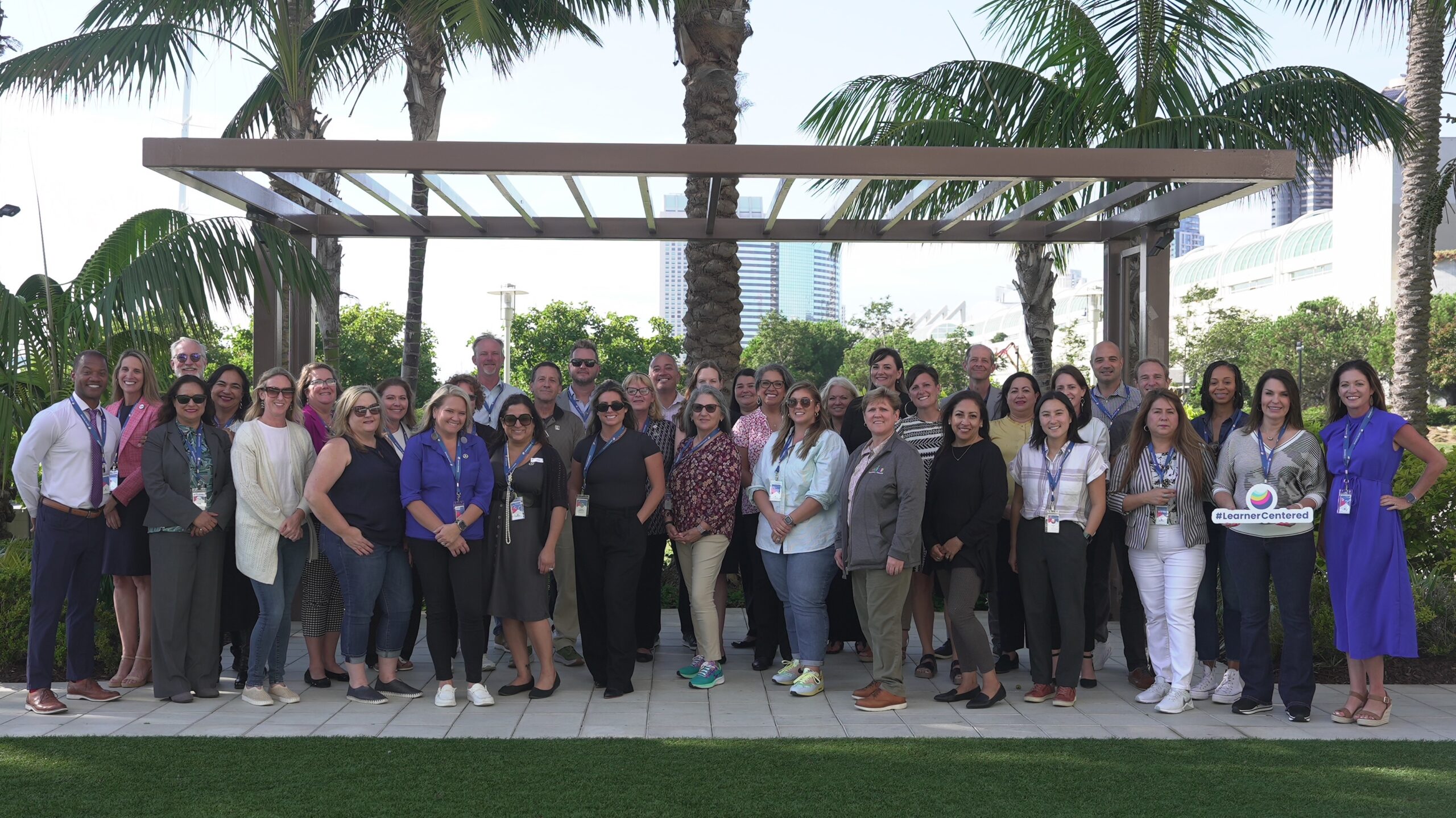
In today’s rapidly changing educational landscape, school district leaders face exciting possibilities when it comes to providing the best learning experiences for students. To accelerate the adoption of these learner-centered models, leaders have the opportunity to learn with and from colleagues nationwide who have done and are doing the work and to build upon their models and expertise. As a former superintendent myself, I know firsthand that leaders can find themselves navigating the landscape of leadership in isolation and I also know the powerful learning and inspiration that happens when we get outside of our offices, schools, and district lines and make connections with like-minded leaders. Learner-Centered Collaborative’s Connections program brings together a micro-network of learner-centered leaders from school districts nationwide, fostering collaboration, sparking innovation, and accelerating their visions for learner-centered education.
What Happens When We Connect “Outside”
The connections we form in our learning communities—in classrooms, among educators, within leadership teams, and with local communities—are critical to building the social capital that makes thriving systems possible. Building bridges to new thinking, ideas, and people is also an important part of the equation that paves the way for new and fresh ideas that may not otherwise surface. Let’s explore how leaders can “get outside” for the benefit of their entire community, especially learners.
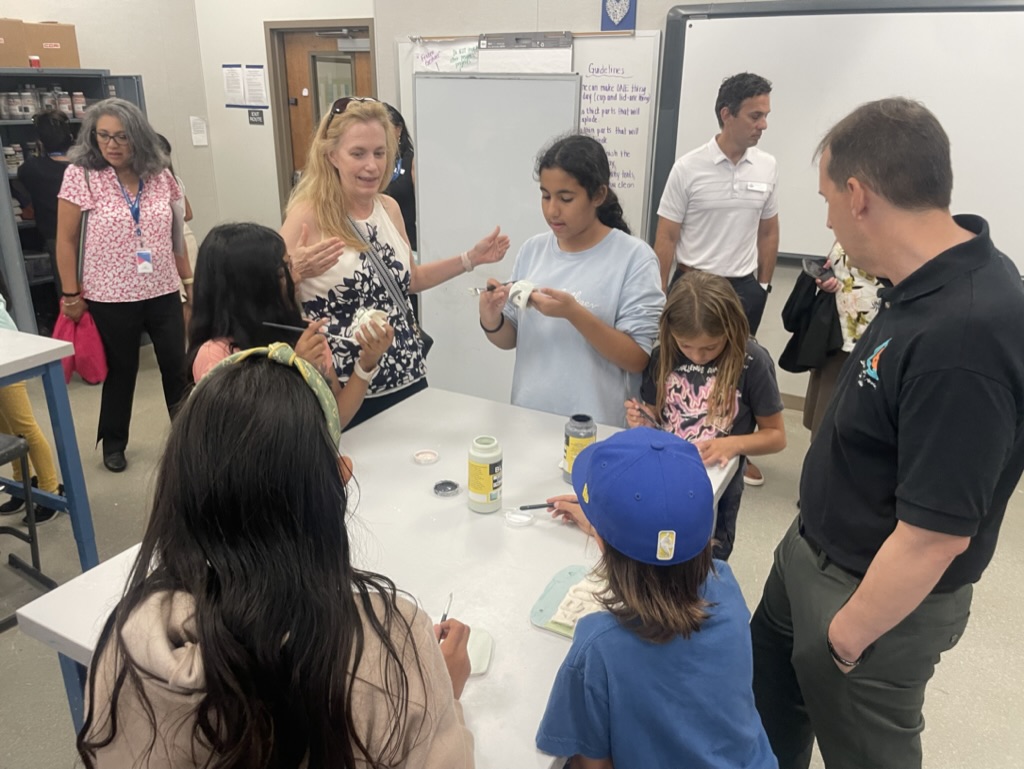 1. School Visits: Visiting schools across the country allows leaders to witness innovative practices in action, gain inspiration, and explore new possibilities for their own districts. By observing successful implementations, leaders can adapt and tailor these practices to suit their unique contexts, fostering continuous learner-centered innovation.
1. School Visits: Visiting schools across the country allows leaders to witness innovative practices in action, gain inspiration, and explore new possibilities for their own districts. By observing successful implementations, leaders can adapt and tailor these practices to suit their unique contexts, fostering continuous learner-centered innovation.

2. Visit Industry Partners: If school is preparing learners to contribute to and engage in the world as their best selves, it is our duty as leaders to keep an eye on the throughline from education to college and/or career. It is critical to inform what we do in schools with insights from industry professionals and first-hand exposure to what is happening in the world beyond school.
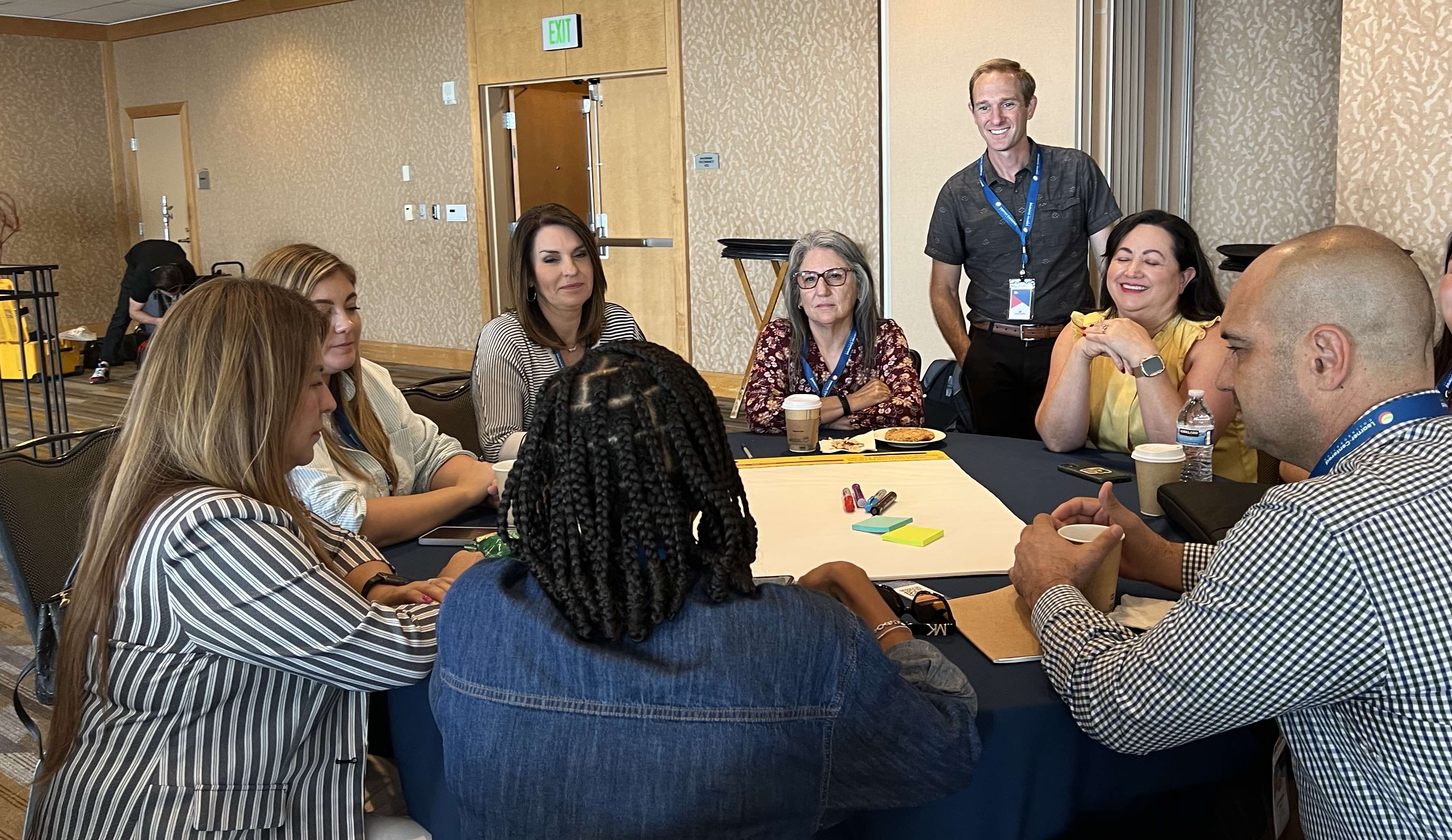 3. Connecting with a Micro-Network: Joining a micro-network creates a sense of community among school district leaders. It offers a platform for leaders to connect, share experiences, and learn from one another. This fosters a culture of collaboration and collective impact. By working together, district teams can pool their resources, expertise, and influence to effect positive change on a larger scale. This collective approach allows leaders to tackle complex challenges and leverage each other’s strengths.
3. Connecting with a Micro-Network: Joining a micro-network creates a sense of community among school district leaders. It offers a platform for leaders to connect, share experiences, and learn from one another. This fosters a culture of collaboration and collective impact. By working together, district teams can pool their resources, expertise, and influence to effect positive change on a larger scale. This collective approach allows leaders to tackle complex challenges and leverage each other’s strengths.
Get “Outside” With a Learner-Centered Connections Cohort
The Learner-Centered Collaborative is bringing school districts from across the country together to build a strong network of learner-centered leaders. Cohorts of district leadership teams come together for a year long experience to advance their vision for a learner-centered community. This year, we successfully launched our first Connections cohort consisting of seven districts representing California, New Mexico, North Dakota, and Texas. Connections cohorts experience three virtual meetings and two in-person convening throughout the school year. Part of the Connections experience centers on the district teams traveling to learner-centered demonstration regions in the country to conduct school visits. We want the leaders to see how schools have effectively re-imagined how they educate their learners. The exposure to how these demonstration schools are inspiring learners to be their authentic selves and thrive in their communities will drive the leaders to take back new ideas to their districts.
We are committed to partnering with school districts and leaders to inspire them to truly re-imagine the experience of their learners. Exposing these thought leaders to demonstration schools not only exposes them to new ideas, but grows the confidence to re-imagine the experiences and conditions in their districts. This is an equity centered model with the goal of supporting learner-centered leaders’ journey to discover learning experiences for every single student. From the student body of the National School District to the rural community of Logan County Schools, we are seeing learners thrive in their communities. The Learner-Centered Connections cohort, with every learner at the center of all we do, will result in more school districts re-imagining the experiences of their learners.
Now enrolling for the 2025-26 Cohort. Learn more and Apply now
As a former superintendent myself, I would encourage any leader with a desire to build their leadership network to consider participating in a micro-network such as Connections. More importantly, any district leadership team seeking to gain exposure to strategies that center learners by design would benefit from collaborating with other district teams in a micro-network such as Connections. Teaming up with like-minded school district leaders is a powerful step towards transforming education and creating learner-centered environments. The benefits of collaboration, shared knowledge, professional growth, exposure to innovative practices, and collective impact cannot be overstated. As leaders come together, they create a ripple effect that extends far beyond their individual districts, positively impacting learners, teachers, and communities. By learning alongside other like-minded leaders, school district leaders can pave the way for a brighter future in education.
To learn more visit us at www.learnercentered.org/learner-centered-connections/
Prefer to connect personally to explore this opportunity? Email marlon@learnercentered.org
